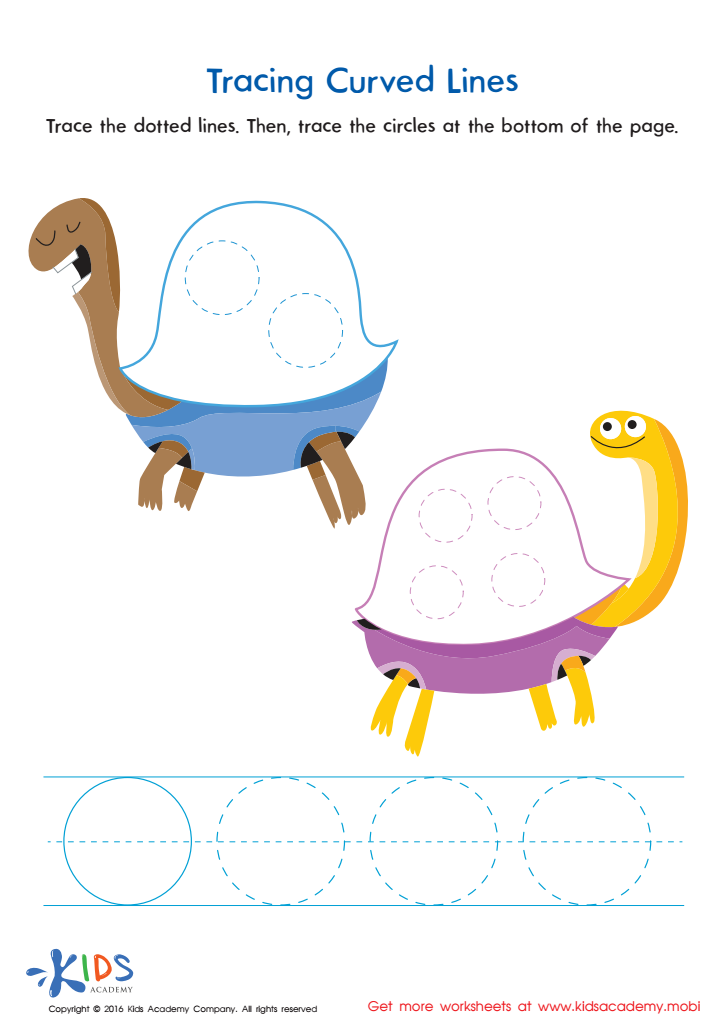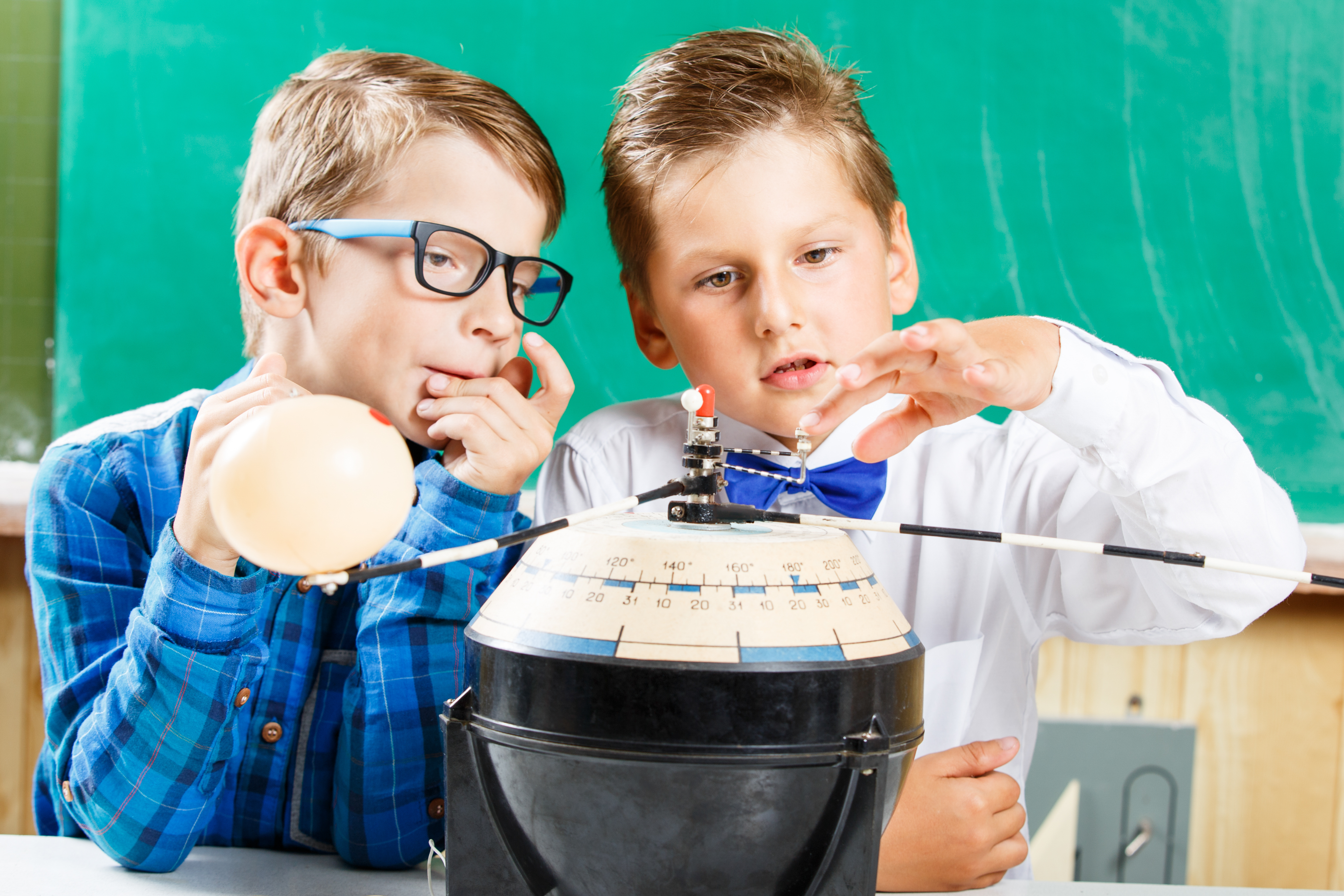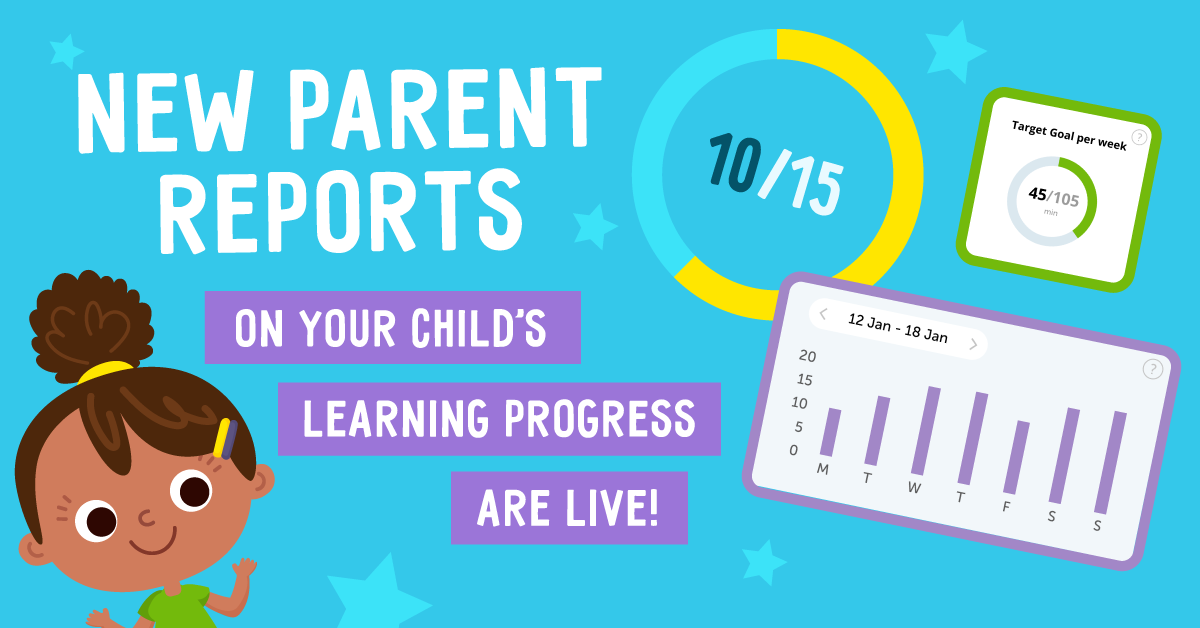Normal Tracing Lines and Curves worksheets activities for Ages 3-5
5 filtered results
-
From - To
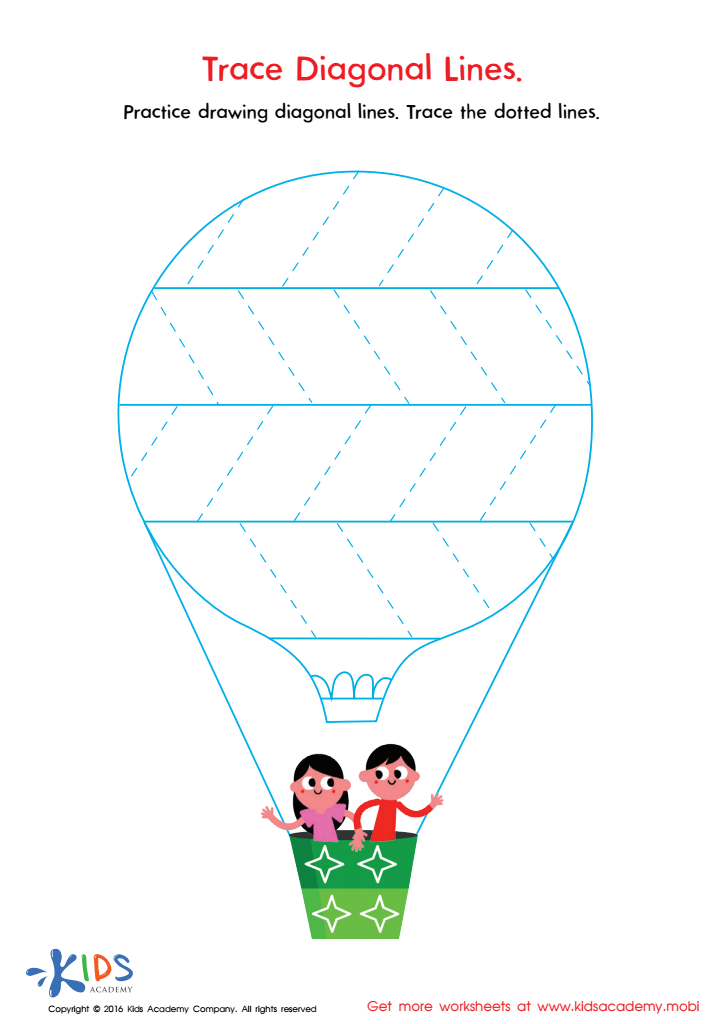

Trace Diagonal Lines Worksheet
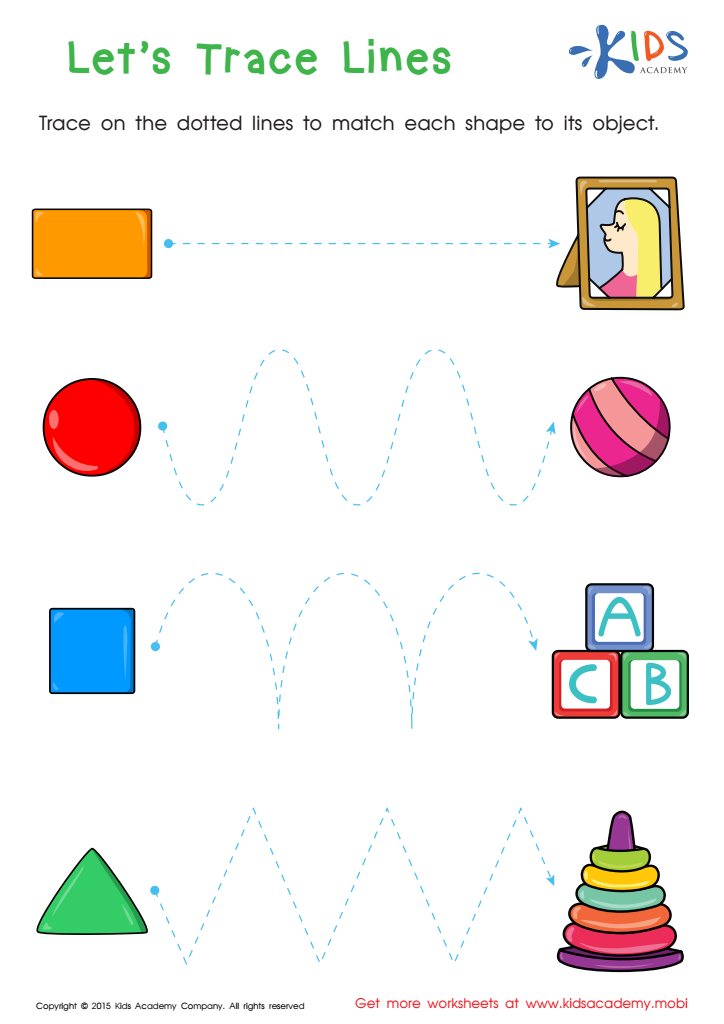

First Words: Let's Trace Lines Worksheet
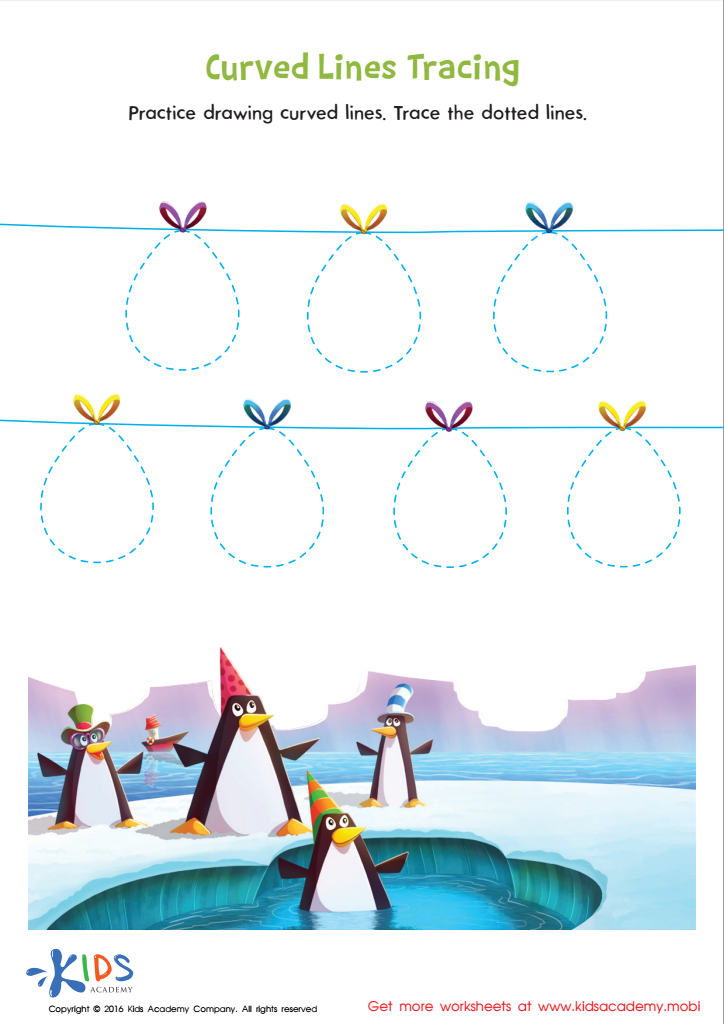

Curved Lines Tracing Worksheet
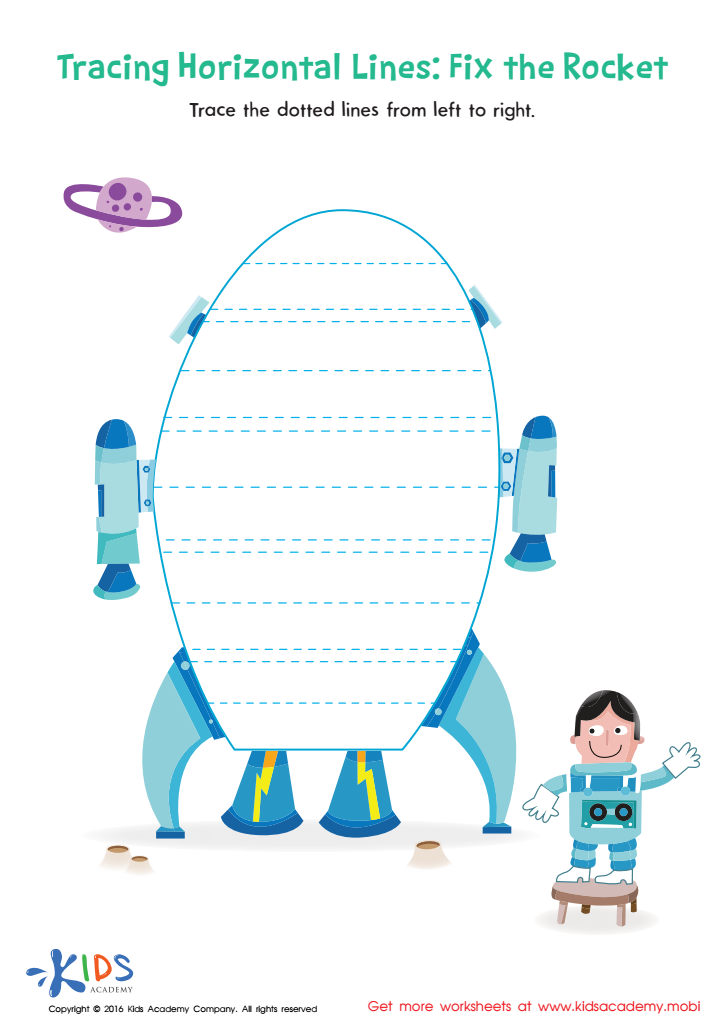

Tracing Horizontal Lines Worksheet
Normal Tracing Lines and Curves worksheets activities are a cornerstone in the development of early learning skills for children. These seemingly simple exercises are packed with benefits that contribute significantly to a child's cognitive, motor, and academic abilities. Let's delve into why engaging kids in these activities is incredibly useful.
First and foremost, Normal Tracing Lines and Curves worksheets activities lay the foundation for handwriting skills. Before children can write letters and numbers, they need to develop control over their writing instruments. Tracing activities help in refining motor skills, particularly the fine motor skills that involve small muscle movements. As children trace lines and curves, they learn how to hold a pencil correctly and how to apply the right amount of pressure on the paper. This practice is essential for the eventual writing of letters and numbers.
Moreover, these tracing exercises are instrumental in enhancing visual-spatial awareness. Children learn to recognize and differentiate between various shapes and patterns, an ability that is crucial not only in reading and writing but also in understanding and organizing the world around them. This heightened awareness helps in better comprehension of concepts like direction, orientation, and size.
Additionally, engaging in Normal Tracing Lines and Curves worksheets activities fosters concentration and patience in young learners. Completing a tracing task requires focus and persistence, qualities that are beneficial across all areas of learning and personal development.
Furthermore, these activities offer a structured way for children to express themselves creatively. Once they become comfortable with tracing, they can experiment with creating their own lines and curves, thus opening up a whole new avenue for creative expression.
In summary, Normal Tracing Lines and Curves worksheets activities are not just about following patterns. They are a comprehensive tool that nurtures fine motor skills, visual-spatial awareness, concentration, patience, and creativity in young learners. Incorporating these activities into early education ensures a solid foundation for future academic success and personal development.
 Assign to My Students
Assign to My Students

